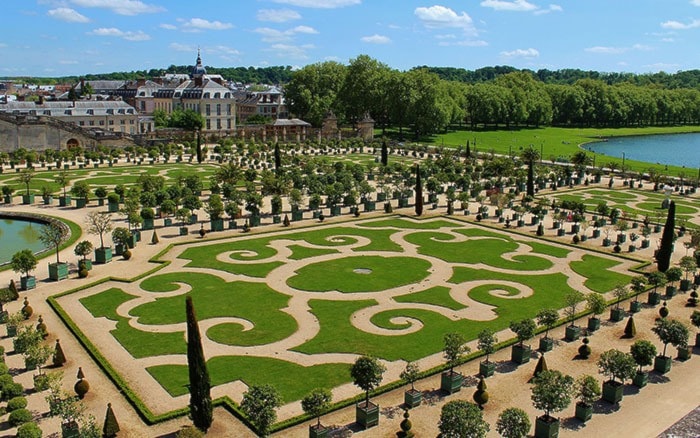In celebration of my wife’s 50th birthday, Pauline and my older two daughters spent a week in Paris, with a daytrip to Brussels thrown in for good measure.
If I thought their luggage was heavy when I unloaded it at the airport, it was nothing compared to the bursting at the seams bags that I picked up upon their return – apparently the French champagne and Belgian chocolate survival rations were must-have souvenirs.
I knew that they were going to tour Versailles while they were there, so I asked them to take a few photos of this UNESCO world heritage landscape to share.
When it comes to formal gardens, most of us think of the English, but it was the Romans and subsequently, Italians, who defined this landscape style, albeit on a smaller scale.
The French, with their typical over-the-top attitude, took this garden form to massive proportions, with a prime example being the gardens at Versailles. The English only adopted this style at a much later date.
The epitome of this exaggerated landscape sits about 13 miles southwest of Paris with the Palace of Versailles inhabiting 2,014 acres, which includes formal gardens and water features – making it the largest royal domain in the world.
Although it was originally started by Louis XIII as a humble hunting lodge in 1624, it was the ‘Sun King,’ Louis XIV, who really brought the opulence of Paris to this simple countryside with the installation of lavish formal landscapes, statuary and water features.
Louis XV worked on renovating the palace proper, but his son, Louis XVI, revamped many of the gardens and completed several projects left unfinished by his grandfather.
One of the most recognizable garden features in Versailles is the Orangerie Parterre, which includes an ornate hot house with a vaulted ceiling that houses over 1,000 containerized orange (some over 200 years old), lemon, pomegranate, palm and oleander specimens in winter.
From May to October, these are displayed outside in the 7.5 acre garden with stylized lawns and a large circular pool.
Built between 1684 and 1686 by Jules Hardouin-Mansart, this garden has inspired many designers across the globe and perpetuated the ideal of the potted citrus.
Water features dominate the gardens of Versailles, be they fountains, canals or artificial lakes, and of these perhaps the most dramatic is the Bassin du Dragon, or Dragon Fountain, which was installed in 1667. It is dominated by a large sculpture of the dragon ‘Python’ surrounded by rather vicious-looking dolphins, many of which are being ridden by cupids armed with bows and arrows. It was apparently only turned on when the king was present at Versailles, which required all other fountains to be shut down to accommodate the 90’ tall water jet that emerged from the dragon’s mouth.
Other aquatic features of note include the Grand Canal, an artificial lake that hosted nautical events, which included scaled-down versions of ships, gondolas that were a gift from the then King of Venice, and even skating or sleigh rides when the water froze over in winter.
Ornate statuary can be found at each turn, with the Grande Commande of 24 figures being prime examples – with four statues each representing the seasons, parts of the world, the elements, forms of poetry, the humours and times of the day.
Of course, the best part of Versailles is that it is no longer the official royal retreat, but a garden for all people.
– By Mike Lascelle, a local nursery manager and gardening author
(hebe_acer@hotmail.com).
